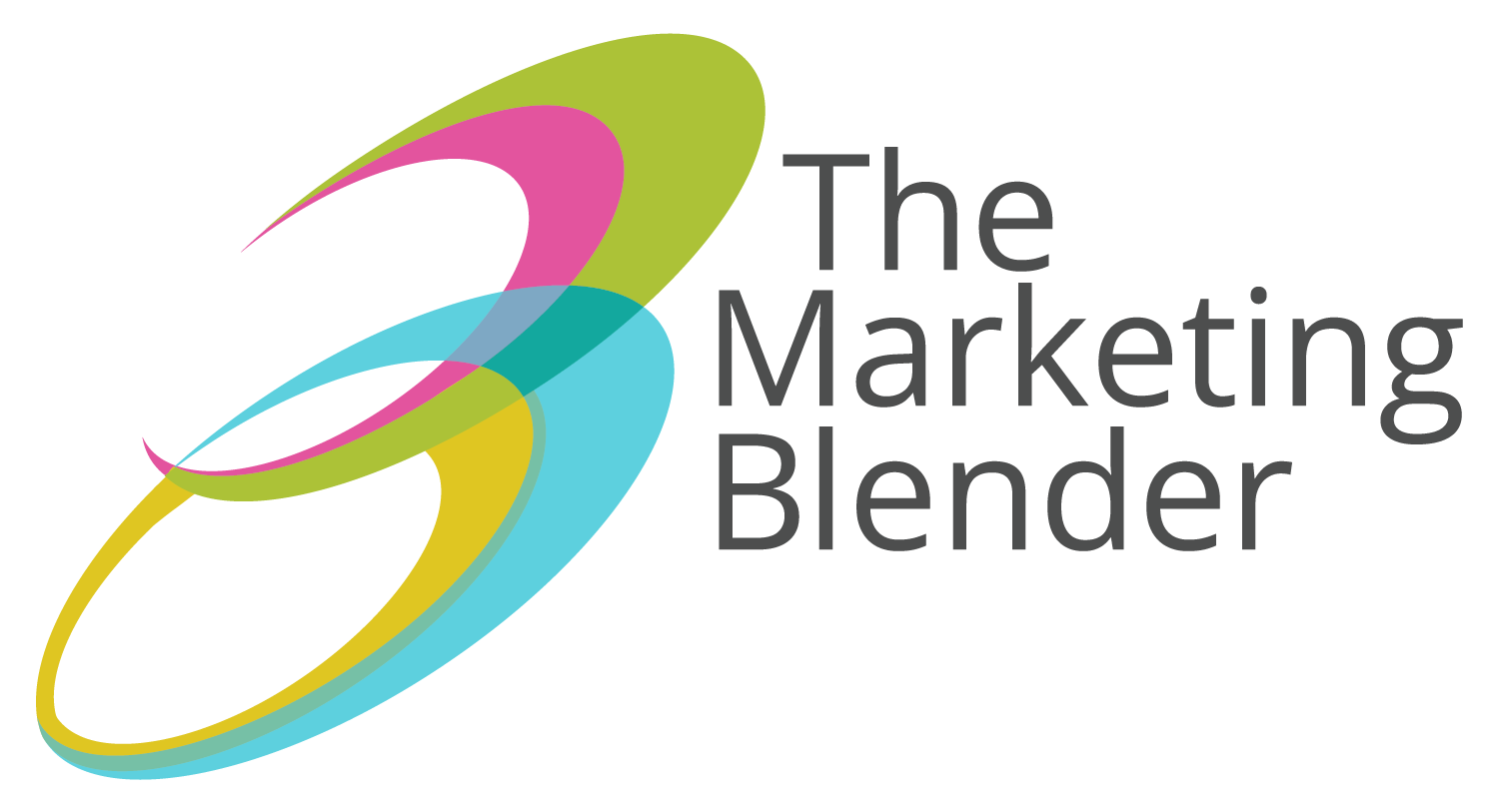B2B healthcare marketing requires a specialized approach to navigate the complex landscape of regulations, diverse stakeholders, and ever-evolving needs of the healthcare industry. Let’s take a look at how this can work.
B2B Healthcare Marketing: Understanding Your Audience Beyond Doctors and Patients
While patient care is at the heart of healthcare, B2B healthcare marketing targets a diverse range of professionals and organizations. These include doctors, specialists, hospitals, pharmaceutical companies, and medical device manufacturers. Each target persona has their own set of priorities and pain points.
“The doctor is never the only person that you’re selling to, but it’s the first one you need to understand.” – Dacia Coffey
Understanding these nuanced needs is the foundation of effective B2B healthcare marketing. For doctors, it’s about improving patient outcomes, enhancing their reputation, and streamlining processes. For hospitals, the focus might be on cost savings, staff retention, and patient engagement. By tailoring your messaging to these specific priorities, you can cut through the noise and capture the attention of your target audience.
B2B Marketing in the Healthcare Industry Is All About Specificity
Healthcare professionals are bombarded with information daily. To stand out, your marketing message needs to be laser-focused and relevant to their specific challenges.
“Stop trying to make the focus be on your features and benefits but focus on what your customer cares about right in that moment” – Daisy McCarty
This means highlighting the precise ways your product or service can improve their daily workflow, enhance patient care, or streamline operations. Whether it’s a new surgical tool that reduces complications or a software platform that improves patient communication, your messaging should speak directly to the needs and pain points of your target audience.
Here’s a deeper dive into all the nuances of B2B healthcare marketing.
The more specific you are about the exact use case or problem that your product can solve, the more likely your audience is to immediately think about you when they encounter that very situation.
Mapping the Customer Journey: A Strategic Roadmap
The B2B healthcare buying process is rarely linear. It’s often a complex web of influences, decision-makers, and gatekeepers. Mapping out the customer journey for each of your target audiences is crucial for understanding where and how to intervene with your marketing efforts.
Consider the following factors:
- Referrers and Influencers: Who are the key opinion leaders in your target market? How can you leverage their influence to reach your ideal customers?
“If this is a peer-to-peer situation… understanding what those referrals represent is absolutely critical.” – Dacia Coffey
- Demand Generation: How can you create awareness and interest in your product or service among potential customers before they even enter the sales funnel?
- Contracts and Pricing: How does the contracting process work for your product or service? What are the pricing considerations for different types of customers?
- Word-of-Mouth Marketing: How can you encourage positive word-of-mouth among healthcare professionals and patients?
- In-Network vs. Out-of-Network: If applicable, how does network status impact the decision-making process for your target audience and their patients?
By understanding the intricacies of the customer journey, you can create targeted campaigns that address each stage of the buying process and guide prospects towards a purchase decision.
Selling to Hospitals: A Multi-Layered B2B Healthcare Marketing Approach
Selling into hospital systems is a unique challenge in the healthcare space, due to the many moving parts at play. However, there are generally a few common objectives for hospitals:
- Objective 1: Improving the bottom line
- Objective 2: Alleviating staff shortages and burnout
- Objective 3: Enhancing patient engagement and loyalty
- Objective 4: Meeting demand for health at home models
- Objective 5: Making meaningful health equity improvements
- Objective 6: Achieving seamless EHR integrations
Selling to hospitals requires a nuanced understanding of each department’s unique challenges and priorities. From budget constraints and regulatory compliance to the diverse needs of different departments, there are many factors to consider.
Key Decision-Makers:
Each decision-maker has their own focuses, for example:
- Administrators: Focus on cost savings, efficiency, and overall impact on patient care.
- Procurement Teams: Concerned with pricing, contracts, and compliance issues.
- Physicians and Surgeons: Prioritize patient outcomes, clinical efficacy, and ease of use.
- Nurses and Support Staff: Focus on how your product or service can make their jobs easier and improve patient care.
- P&T Committees: For pharmaceutical companies, these committees play a critical role in evaluating new drugs.
Understanding Budget Cycles and Sales Dynamics:
When selling to hospitals, understanding their financial landscape is paramount. Two critical budget categories are capital expenditures (CapEx) and operational expenditures (OpEx).
- Capital Expenditures (CapEx): These are large-scale investments in assets like medical equipment or facility renovations. CapEx purchases often require extensive planning, approval from multiple departments, and a longer sales cycle due to their significant financial impact.
- Operational Expenditures (OpEx): These are ongoing costs associated with the day-to-day operations of a hospital, such as supplies, medications, and staff salaries. OpEx purchases typically have a shorter sales cycle and involve fewer decision-makers.
Knowing the difference between these budget categories and their respective approval processes is key to tailoring your sales and marketing approach. For example, if you’re selling a high-cost capital equipment, you’ll need to engage with multiple stakeholders and plan for a longer sales cycle. In contrast, if you’re selling a consumable product, you can focus on building relationships with department heads and streamlining the purchasing process.
Sales Rep Enablement: Empowering Your Team for Success
Your sales representatives are your boots on the ground in the hospital environment. To maximize their effectiveness, it’s crucial to equip them with the knowledge and tools they need to navigate the complexities of the healthcare sales cycle.
This includes:
- Thorough product training: Ensure your sales reps have a deep understanding of your product or service, its features, benefits, and clinical applications.
- Understanding hospital budgeting cycles: Educate your reps on the different budget categories, approval processes, and timelines involved in hospital purchasing decisions.
- Building relationships with key stakeholders: Help your reps identify and build rapport with the key decision-makers and influencers within each department.
- Providing sales tools and resources: Equip your reps with sales collateral, presentations, case studies, and other materials that help them communicate your value proposition effectively.
- Continuous feedback and coaching: Regularly provide your reps with feedback and coaching to help them improve their performance and overcome challenges.
To truly connect, you need to understand the day-to-day realities of your customers. Attend industry events, observe procedures, and engage in conversations with healthcare professionals at all levels. This first-hand experience provides invaluable insights that can’t be gleaned from market research alone, allowing you to tailor your messaging and solutions to their specific needs. By being present and engaged, you demonstrate your commitment to the healthcare community, fostering trust and credibility that open doors to new opportunities.
Blender: Your Partner in B2B Healthcare Marketing Success
B2B healthcare marketing is a complex field, but with the right strategies and a deep understanding of your audience, you can achieve significant growth and impact. By aligning your marketing efforts with the priorities of healthcare professionals and organizations, you can cut through the noise and deliver a message that resonates.
At Blender, we specialize in helping B2B healthcare companies navigate these complexities and achieve their marketing goals. Our team of experienced fractional marketing professionals understands the unique challenges of the healthcare industry and can help you develop a tailored marketing strategy that drives results, without investing in a full-time CMO. Contact us today to schedule a discovery call and learn how we can help you succeed in this dynamic and impactful industry.



